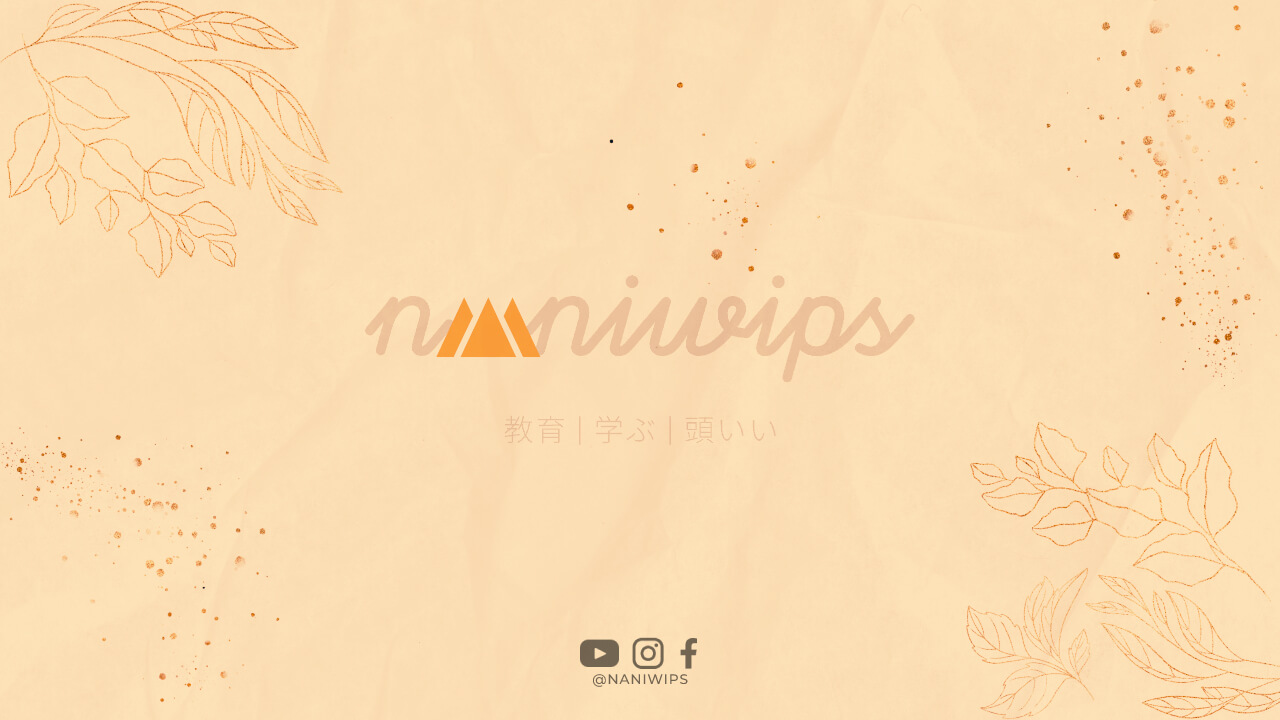新年あけましておめでとうございます! The new year is a time for reflection, renewal, and new beginnings. It’s also a time to express gratitude and appreciation for the people who have made a difference in our lives, including our teachers. In Japan, it’s customary to send 年賀状 (nengajo), or New Year’s greetings, to friends, family, and colleagues. But what about our teachers? Why is it important to send 先生 (sensei) 年賀状? Let’s explore the significance of this tradition and how to create meaningful messages for our educators.
Why Send 年賀状 to Teachers?
Teachers play a vital role in shaping our future. They inspire, guide, and challenge us to learn and grow. Whether it’s a kindergarten teacher who taught us the ABCs or a university professor who expanded our horizons, we owe a debt of gratitude to these dedicated professionals. Sending 年賀状 to our teachers is a way to show our appreciation and respect for their hard work and influence.
Moreover, 年賀状 is a unique Japanese tradition that reflects the country’s values of community, harmony, and mutual respect. By sending greetings to our teachers, we are participating in a cultural practice that promotes social cohesion and goodwill. It’s a way to strengthen our bonds with our educators and acknowledge their role as mentors and role models.
How to Create Meaningful 先生 年賀状
Now that we understand the significance of sending 年賀状 to our teachers, how can we make our messages more meaningful and thoughtful? Here are some tips:
1. Personalize your message
Don’t just send a generic greeting card with a pre-written message. Take the time to craft a personalized message that reflects your relationship with your teacher. Share a specific memory or experience that you cherish, express your gratitude for their guidance and support, or wish them success and happiness in the new year. Your teacher will appreciate the effort and sincerity of your message.
2. Use polite and respectful language
As with any communication with your teacher, it’s important to use polite and respectful language in your 年賀状. Address them as 先生 and use honorifics (e.g. お元気ですか?) to show your respect. Avoid informal language or expressions that may be inappropriate or offensive.
3. Include a small gift or token of appreciation
If you want to go the extra mile, consider including a small gift or token of appreciation with your 年賀状. It doesn’t have to be expensive or elaborate – a handwritten note, a box of chocolates, or a small plant can be a thoughtful gesture that shows your teacher that you care.
Conclusion
先生 年賀状 is a meaningful tradition that allows us to express our gratitude and appreciation for our teachers. By sending personalized messages with polite and respectful language, we can strengthen our relationships with our educators and participate in a cultural practice that promotes social harmony and goodwill. So don’t forget to send 年賀状 to your teachers this year – it’s a small gesture that can make a big impact!



